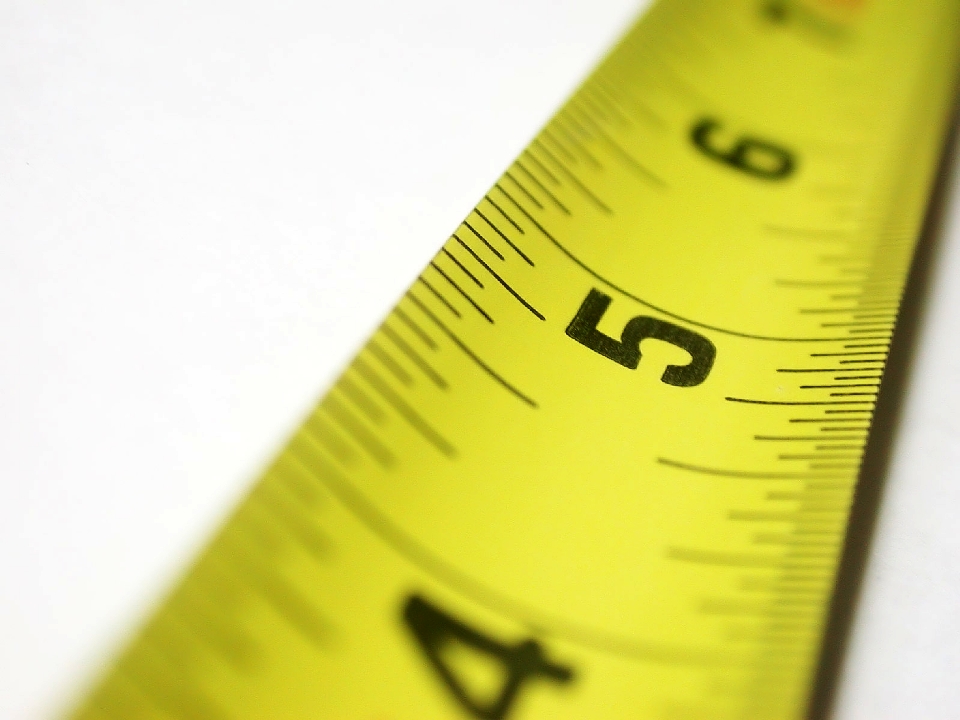GU10 LED Light Bulbs - Does Size Really Matter?
Posted by Amit Soni on 16th Apr 2012
 Does size really matter? It’s an age old question that people have been asking since time immemorial, especially with regard to GU10 LED bulbs.
Does size really matter? It’s an age old question that people have been asking since time immemorial, especially with regard to GU10 LED bulbs.
On this occasion, it has to be said that the answer is YES! Read on to find out why.
No matter what less scrupulous purveyors of LED lighting products may tell you, you will find some degree of variation between the dimensions of traditional GU10 halogens and the LED GU10s you’ll be using to replace them.
How They Measure Up
While the difference may not seem like much, even a slightly longer bulb can create problems when you’re using or installing recessed ceiling lights, so it is always important to ensure that it’s a good fit prior to completing your purchase.
Unfortunately, there is no one standard measurement to GU10 design, but you will find that most traditional halogen bulbs measure approximately 53mm in height and 50mm in diameter across their circular front face.
Generally speaking the diameter of a GU10 LED is the same, but the length can vary considerably. Some, like the Integral Bulb 4W-7W GU10 36° Beam Angle, 3000K, 4000K & 6000K Options, Dimmable Available have a 54mm length. The ColourBoost GU10 RGB LED Spotlight, however, measures 77mm in length.
The reason for this is that certain GU10 LED bulbs require an LED driver. The driver is necessary to convert the electrical current from 240V AC (Alternating Current) to the DC (Direct Current) upon which LEDs run.
Check Against The Type Of Fitting
If you’re working with a surface-mounted lighting system, such as LED ceiling spotlights or general LED light littings, then you shouldn't experience any problems whatever size you choose. However, if you have recessed GU10 downlights and fittings, you’ll need to confirm that there’s enough space inside the unit to accommodate the bulb.
The simple and effective method of checking the dimensions is to take a look at the product specifications. The height and diameter of a bulb should always be clearly stated on the product page, and if it isn't, the best course of action is simply to ask.
Compare these sizes with those of your fitting, which you can obtain from the manufacturer, or by physically measuring it yourself with a tape measure.
What you will find with most recessed fittings is that there is sometimes enough excess space to accommodate a slightly larger bulb, but it’s always a good idea to be absolutely certain.
By following these simple steps prior to making a purchase, you’ll avoid the stress and hassle of having to return and replace your bulbs. You will also ensure that you’re running your lighting at a minimal cost for maximum effect from the word go.
Better Safe Than Sorry
If you’re considering installing recessed downlights, it’s highly advisable to go for the GU10-compatible fire-rated fittings, as they’ll restore your ceiling’s fire-resistant integrity, giving you an extra 90 minutes of protection should the unthinkable occur.
For environments requiring more Ingress Protection, against foreign bodies and water, there are IP65 fire-rated downlights.
And, if your recess space is at a premium, there’s a wide range of Short Can GU10 fire-rated fittings to choose from.
Just Ask!
If you’re at all unsure about any of the above information and need some advice about which GU10 LED bulbs to buy, you’d like to make an order or just want to chat about LED lighting in general, please call a member of our Customer Service Department on 0116 321 4120. Alternatively, you’re welcome to send an e-mail enquiry to cs@wled.co.uk if you’d prefer.
We’re here from 9am till 5.30pm Monday to Friday.





